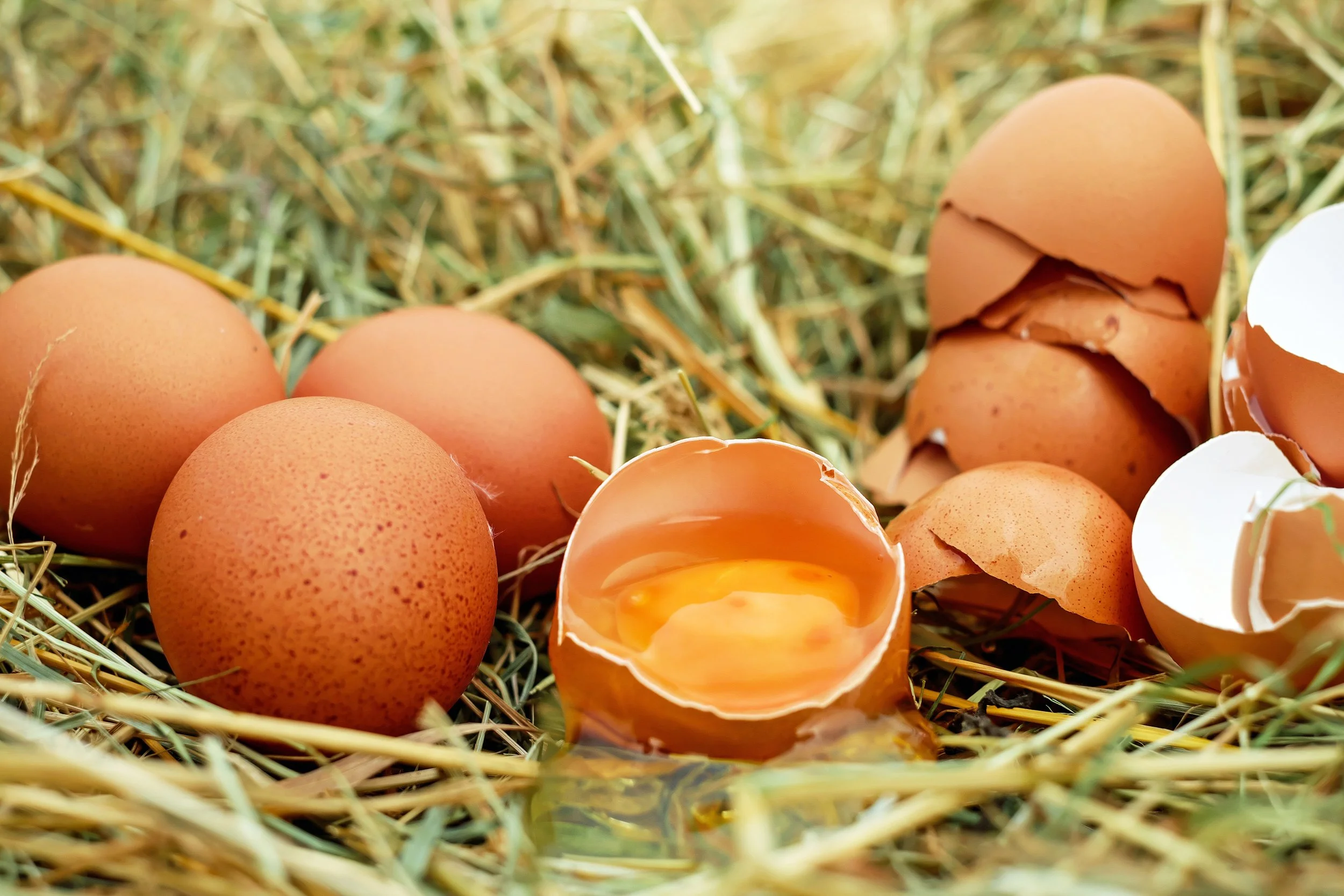Urban gardening: plant cover crops this fall for a better, faster, and more abundant harvest
/As more and more people around the world have become aware of the ongoing problems with industrial, large scale farming, we’ve seen a rise in urban and peri-urban farming. This is ultimately a good thing, but it can also present some problems that exacerbate existing problems.
Whether urban farming can solve any of the current global agricultural crises (food waste, food deserts, soil erosion, overuse of pesticides, increased use of GMOs, monocropping) is debatable, but done efficiently, it can address some of these problems on a small scale.
One thing that urban farmers often do is neglect the health of their soil. Savvy growers compost every year, or add organic and non-organic matter to their soil to improve its quality, porosity, and/or Ph balance. Many, though, just plant seeds in the dirt, water and feed, and find themselves frustrated with the quality of their harvests, or with all the work involved in keeping pests under control.
As a grower, one thing that you can and should do is take the time to prep your soil. You don’t necessarily need to go out and buy bags of compost every year to do this. And you don’t need to go through the hassle of composting at home if you don’t want to.
You can easily mix spent coffee grounds in with the soil, as well as crushed eggshells. Contrary to widespread belief, spent coffee grounds are close to being Ph-neutral (unused grounds add acidity to the soil). When used along with a fertilizer, they add nitrogen to the soil, improve its physical condition, and often, repel slugs and snails.
Eggshells are also a good option. Dry them out in a warm oven and crush them using a mortar and pestle or similar tool before mixing them in the soil. Although they may take longer to break down and do their good work, eggshells add calcium, improve porosity, promote healthy tissue growth in your plants, and can neutralize excess alkaline or excess acid in the soil. If you sprinkle crushed eggshells around your plants, they also deter slugs and snails.
Finally, unless you are growing a lot of crops year-round (and yes, in some places it is possible to grow crops throughout the snow-covered winter!), you should take time at the end of your growing season to prep your garden bed for the following growing season. One of the best ways to do this, and easiest, in my opinion), is to plant a cover crop like hairy vetch, clover, oat, rye, buckwheat, rapeseed, or winter peas after your last harvest. These crops grow fast, add nutrients to the soil, and prevent erosion. When the time for planting your new crops arrives, pull or cut your cover crops, or better yet, till them under the soil.
These guides to planting cover crops for different regions of the U.S., Canada, U.K.. Australia, and New Zealand make the task easier for you to figure out.
I’d love to hear more from you, reader, about your experience using cover crops. Use the comments section below to let me know what has worked best in your experience.
The new Green Guidebook, Go Green without Going Broke, addresses using cover crops and other techniques for getting you started on your garden journey, and/or improving the quality of your existing garden. Sign up for our mailing list to be among the first to find out when the book goes live on Amazon (and you can even get the ebook free for a very limited period of time!)







































